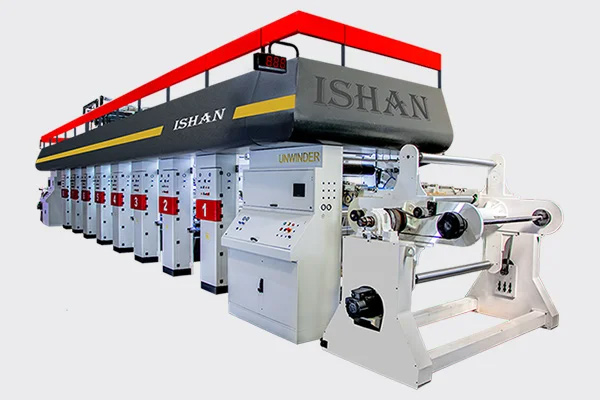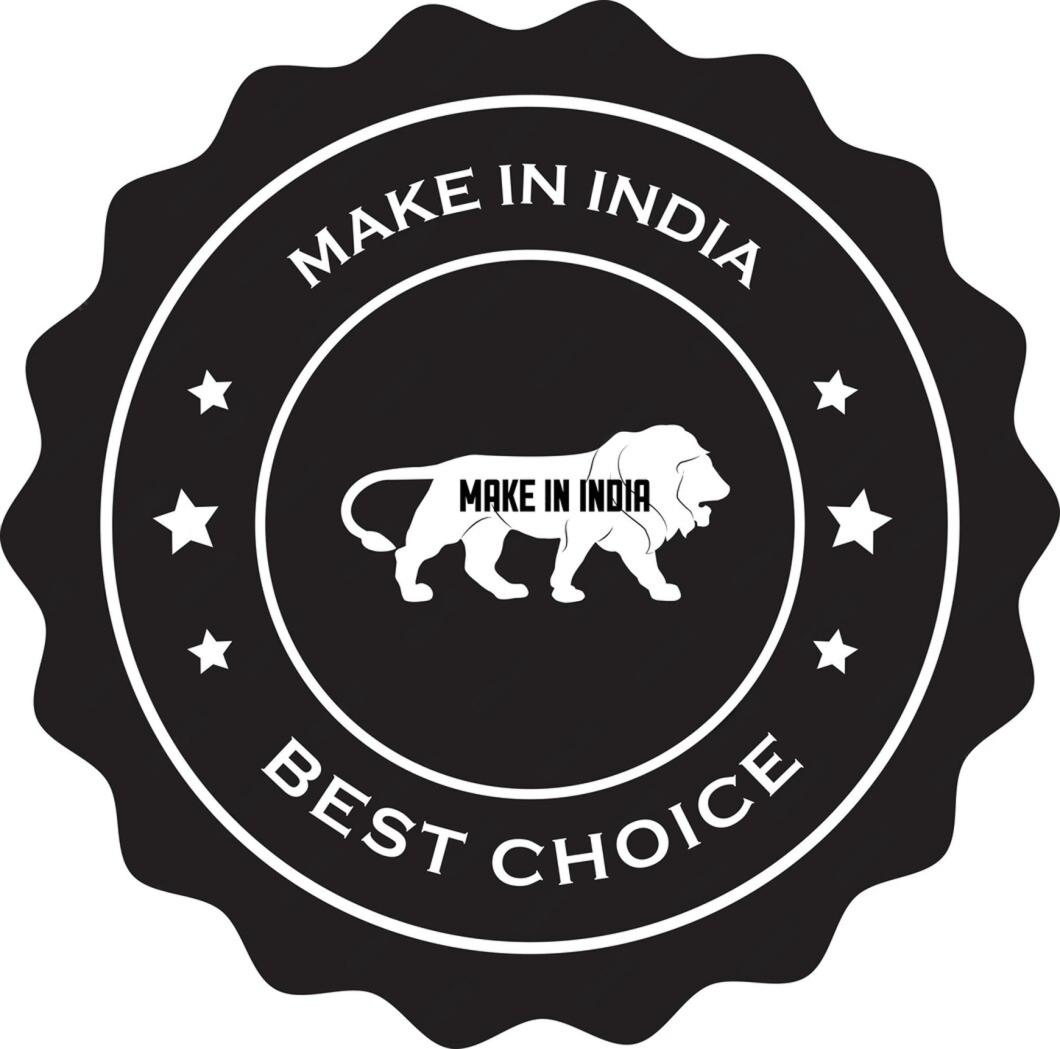Rotogravure printing machines are modern industrial printing systems that find extensive use in the high-speed, high-volume production of flexible packaging products, labels, laminates, and decorative products because of their capability to provide high-resolution print quality. A Rotogravure Printing Machine Manufacturer offers various types of machines, high-speed rotogravure printing machine to mass production, multi-colour rotogravure machine to elaborate and versatile designs, and unique rotogravure printing machines to suit the width of substrate and application.

Printing speeds of 150 to 400 meters per minute, web widths of 600mm to 1600mm or more, the number of color stations of 2 to 12, and compatibility with substrates of BOPP, PET, PVC, paper, aluminum foil, and laminated films are usually found as standard technical specifications.
Multi-Option Rotogravure Printing Machines by a Trusted Manufacturer – Types & Specifications
1. Standard Rotogravure Printing Machine
It is the most widely used gravure press in general-purpose packaging and publication printing.
Application: Food wrappers, pouches, magazines, brochures, and catalogs.
Technical Specification
| Printing Speed | 200–300 m/min |
| Printing Width | 600–1500 mm |
| Printing Stations | 2–8 colors |
| Web Material | BOPP, PVC, Aluminum Foil, PET, Paper. |
| Drying System | Recirculation of Hot Air. |
2. High-speed Rotogravure Printing Machine
Intended to be used for mass production and long printing jobs where time is a factor and consistency is needed.
Uses: Packaging in large volumes which is flexible, newspapers, and ornamental laminates.
Technical Specification
| Printing Speed | 350–500 m/min |
| Printing Width | 800–1800 mm |
| Printing Stations | 6–10 colors |
| Drying System | High efficiency heat recovery, high power hot air/IR drying. |
| Control System | Automatic Web Alignment + Advanced PLC & HMI |
Features: Tension control is closed loop, servo drive technology.
3. Rotogravure Type of Printing Machine
In this one, the printing units are arranged in piles. It is small and economical.
Uses: labels, wallpapers, wrapping gifts, ornamental prints.
Technical Specification
| Printing Speed | 150–250 m/min |
| Printing Width | 500–1200 mm |
| Printing Stations | 2–6 colors |
| Drying System | Hot air tunnel |
| Control System | Semi-auto web tension basic control. |
| Features | Small space demand, best suited to short to medium runs. |
4. Inline Rotogravure printing machine
machines that are used in-line (equipped with other printers) or in a Modular style (also referred to as modular rotogravure printing).
In this case, the printing units are laid in a horizontal line. Simple to add lamination, coating, or slitting units in-line.
Uses: Laminated labels, laminated rolls, and flexible packaging films.
Technical Specification
| Printing Speed | 250–400 m/min |
| Printing Width | 600–1600 mm |
| Printing Stations | 6–10 colors |
| Drying System | Energy-saving hot air + optional IR. |
| Control System | Fully automatic PLC + Servo drives. |
| Features | Inline laminated and coated; job changeover is fast. |
5. Central Drum Rotogravure printing machine
Minimizes roller size and uses one large impression drum, around which several printing units are attached to provide high register accuracy.
Uses: Multicolor printing onto thin films, shrink sleeves, and flexible packaging.
Technical Specification
| Printing Speed | 300–450 m/min |
| Printing Width | 800–2000 mm |
| Printing Stations | 6–12 colors |
| Drying System | Temperature-controlled high-efficiency drying. |
| Control System | Finer print register, less wastage, and high automation. |
| Features | Finer print register, less wastage, and high automation. |
6. Automatic Rotogravure Printing Machine
Installed with advanced automation systems, which are suitably applicable in large-scale industries that need speed, accuracy, and less manpower.
Uses: Premium packaging, food and beverage wrappers, pharma packaging.
Technical Specification
| Printing Speed | 400–500 m/min |
| Printing Width | 1000–2000 mm |
| Printing Stations | 8–12 colors |
| Drying System | multi-stage heat air dryer with heat recovery system. |
| Control System | PLC + SCADA + Servo Drives + Auto registration. |
| Features | Automatic roll change, web inspection, and less downtime. |
7. Rotogravure Printing Machines by custom design
Special machines that have been developed according to the needs of the clients.
Uses: Niche printing, special laminates, security printing.
Technical Specification
| Printing Speed | According to the requirement (150-500 m/ min) |
| Printing Width | 600–2000 mm |
| Printing Stations | 2–12 colors |
| Drying System | Modified hot air/IR. |
| Features | Lamination, slitting, coating and embossing units can be integrated. |

